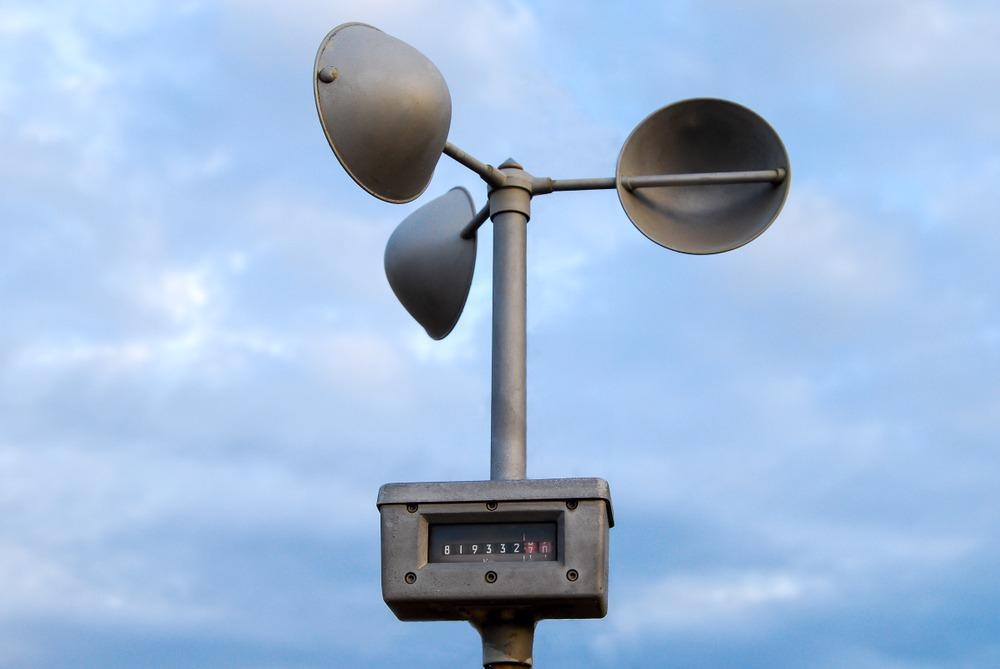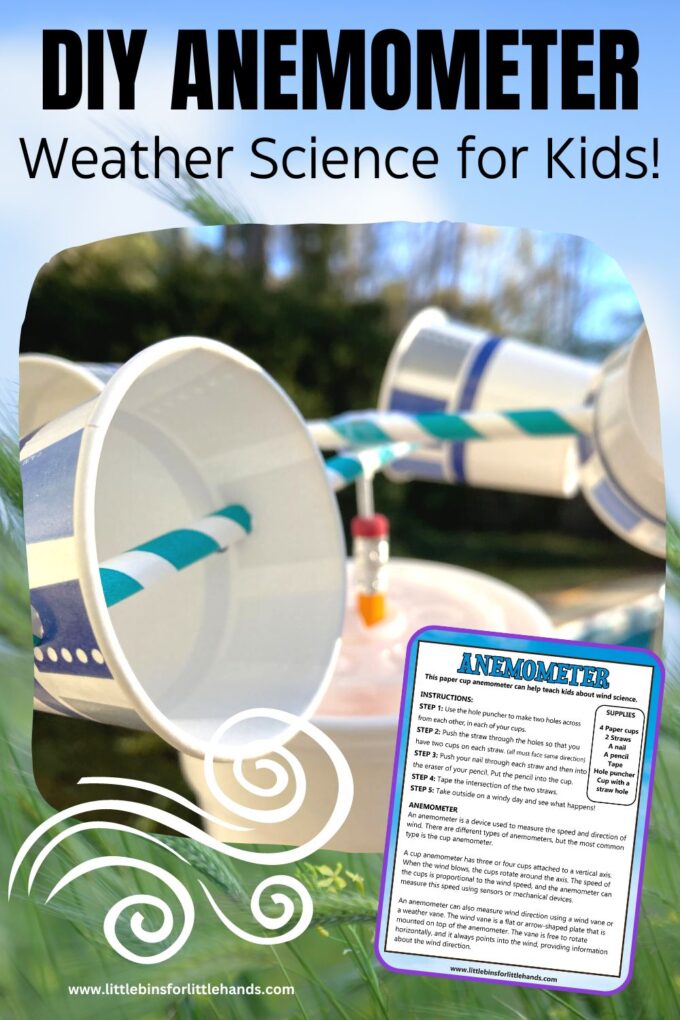Choosing the Right Anemometer: A Comprehensive Buying Guide
Choosing the Right Anemometer: A Comprehensive Buying Guide
Blog Article
Exploring the Functions and Advantages of Anemometers for Climate Fanatics and Specialists
Anemometers stand as instrumental tools in the world of climate tracking, satisfying both lovers and seasoned professionals alike. These devices supply a home window right into the dynamic world of wind patterns and rates, giving invaluable information for atmospheric analysis and forecasting. From mug anemometers to sonic anemometers, each kind brings its special set of advantages and applications, shedding light on various facets of climatic conditions. As we delve right into the functions and benefits of anemometers, a much deeper understanding emerges not only of dominating climate phenomena but additionally of the more comprehensive ramifications for industries like wind energy manufacturing and environmental research.
Value of Anemometers in Weather Surveillance
Anemometers play a critical function in climate tracking by offering accurate dimensions of wind rate, aiding in projecting and understanding weather condition patterns. These instruments, varying from conventional mug anemometers to modern ultrasonic anemometers, are crucial for meteorologists, researchers, and climate enthusiasts alike. By determining wind rate, anemometers help in establishing the intensity of weather condition sensations such as cyclones, hurricanes, and storms. Furthermore, they give valuable data for air travel, maritime procedures, and numerous sectors that are delicate to wind problems.

Types of Anemometers and Their Applications
With the vital role anemometers play in weather surveillance and projecting, comprehending the various kinds of these tools and their applications ends up being vital for professionals and enthusiasts in the area. One of the most typical types of anemometers consist of cup anemometers, vane anemometers, hot-wire anemometers, and ultrasonic anemometers. Cup anemometers contain three or four mugs installed on horizontal arms that turn with the wind, measuring its speed. Vane anemometers, on the various other hand, use an openly turning vane to align with the wind instructions, supplying both wind speed and instructions measurements. Hot-wire anemometers run based on the concept of convective warm transfer, where the cooling effect of the air circulation is measured to figure out wind speed. Ultrasonic anemometers use ultrasonic noise waves to calculate wind rate and direction properly.
Cup anemometers are ideal and robust for general weather condition tracking, while vane anemometers are preferred for directional dimensions. Ultrasonic anemometers are non-intrusive and supply high precision, typically utilized in study and specialized climate monitoring applications.
Advantages of Utilizing Anemometers in Forecasting
In meteorology, the use of anemometers uses vital benefits for improving the precision of weather condition forecasting. Anemometers measure wind rate and instructions, giving critical information for forecasting weather condition patterns. By integrating wind data into forecasting designs, meteorologists can better understand the movement of weather systems, anticipate adjustments in weather, and issue extra specific projections.
In addition, anemometers play an essential function in examining prospective weather hazards. Checking wind speeds helps forecasters predict severe climate occasions such as typhoons, hurricanes, and wintertime storms with better accuracy. This very early warning system makes it possible for authorities to provide prompt notifies and apply needed safety actions, decreasing the threats to life and building.
Furthermore, anemometers aid in enhancing renewable resource manufacturing. By analyzing wind patterns, meteorologists can determine ideal locations for wind ranches and forecast power outcome, adding to the efficient generation of wind power.

Anemometers in Wind Power Manufacturing
Offered the critical role anemometers play in supplying exact wind information for weather condition projecting and threat assessment, their relevance encompasses the world of wind power production. Anemometers are my link vital instruments in the field of wind power, where the dimension of wind rate and instructions is crucial for identifying the expediency and effectiveness of wind generator setups. By properly gauging wind rates at differing elevations, anemometers assist enhance the placement and style of wind turbines to maximize power output.
In wind farms, anemometers are strategically placed to accumulate real-time wind information that is made use of to examine the prospective energy production of a site. This information contributes in determining the economic practicality of wind energy projects and in forecasting power generation to make sure grid security. Additionally, anemometers aid in keeping track of wind conditions to optimize generator efficiency, avoid damage from high winds, and make certain the safety and security of workers working in the vicinity of wind generators.
Enhancing Weather Condition Understanding With Anemometers

Anemometers play a crucial function in improving our understanding of microclimates. These localized weather conditions can differ dramatically from more comprehensive local projections, making it necessary to have precise data for specific locations. anemometer. By tactically placing anemometers in numerous areas, researchers can gather detailed details on exactly how wind behaves in various surfaces, metropolitan environments, or bodies of water
Moreover, anemometers add to improving weather projecting designs by giving real-time information on wind actions. This info is particularly important for predicting serious weather condition occasions, maximizing agricultural practices, and sustaining industries like aeronautics and maritime navigation. Overall, anemometers are invaluable tools that enable us to dive deeper right into the complexities of climate systems, eventually leading to even more better-informed choices and accurate predictions.
Verdict
In final thought, anemometers play an essential duty in weather surveillance and forecasting by determining wind speed and direction. They are crucial tools made use of by weather lovers and professionals to gather exact data for anticipating climate patterns and assessing prospective impacts. Anemometers likewise have applications in wind power production, additional highlighting their my sources value in both meteorology and sustainable power sectors. In general, anemometers add to enhancing our understanding of weather sensations and boosting projecting capabilities. anemometer.
From cup anemometers to sonic anemometers, each type brings its distinct set of applications and advantages, dropping light on different elements of climatic problems. These tools, varying from typical mug anemometers to modern-day ultrasonic anemometers, are essential for meteorologists, researchers, and weather enthusiasts alike. The most common types of anemometers include cup anemometers, vane anemometers, hot-wire anemometers, and ultrasonic anemometers. Cup anemometers are ideal and durable for basic climate tracking, while vane anemometers are preferred for directional measurements. Anemometers are vital instruments in the field of wind energy, where the official site dimension of wind rate and instructions is vital for establishing the usefulness and performance of wind generator setups.
Report this page